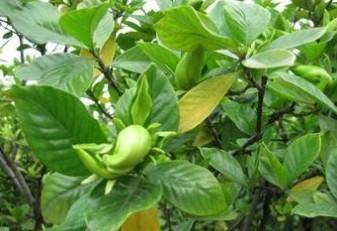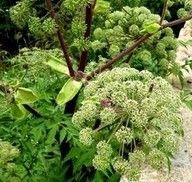Cape Jasmine Fruit Extract

Product Details:
- Color Green
Cape Jasmine Fruit Extract Price And Quantity
- 20 Ton
- 80.00 - 230.00 USD ($)/Kilograms
- 95 USD ($)/Kilograms
Cape Jasmine Fruit Extract Product Specifications
- Green
Cape Jasmine Fruit Extract Trade Information
- Shanghai China
- Telegraphic Transfer (T/T)
- 4000 Ton Per Month
- 3 Days
- Yes
- Free samples are available
- 25kg/drum
- Middle East Africa Eastern Europe Australia Central America North America South America Western Europe Asia
- All India
- COA
Product Description
Product Name:Cape Jasmine Fruit Extract
Latin Name: Gardenia jasminoides
Origin: The fruit of Gardenia.
Active ingredients:Gardenoside (jasminoidin)
CAS NO.:24512-62-7
Molecular Weight:404.37
Molecular Formula:C17H24O11
Boiling point: 672.8C at 760 mmHg
Flash point: 242.1C
Specification:Gardenoside10%-98%,10:1
Appearance: Pale Yellow Powder
Descriptions:
Cape Jasmine Fruit , the dried ripe fruit of Gardenia jasminoides Ellis (Rubiaceae), is widely used in traditional medicine for its cholagogue,sedative,diuretic,antiphlogistic,and antipyretic effects. Additionally, it is an externally used drug with a long heritage and tradition in the treatment of sprain. Many iridoid glycosides were isolated from Gardeniae Fructus in previous investigations. Some of them, for example, Geniposide.
Function:
1.Choleretic effect:Gardenia has a clear role of cholecystokinin and its contraction was better than that of water, or even close to the effect of high-fat meal, so that the role of Gardenia with gallbladder stone row.
2.The role of acute pancreatitis:Gardenia extract SAP (severe pancreatitis) rats significantly decreased serum and tissue lipid peroxide activity level, and this maintenance of the body's own antioxidant, reducing oxygen free radicals and its cascading SAP reaction of the body caused by injury, reduce pancreatic injury will play beneficial effects.
3.Liver protection:Gardenia extract common bile duct ligation of GOT increased significantly reduce the effect, can increase the normal animals, Y, Z amount of proteins. UA contained in Gardenia can reduce serum transaminase, liver cancer cells was inhibited.
4.Hypotensive effect:The water extract of Gardenia extract or alcohol, whether oral, intraperitoneal or intravenous administration of antihypertensive effect of both, the rapid intravenous blood pressure, maintain a short time.
5.Prevention of atherosclerosis and thrombosis:Endothelial cells after vascular injury may lead to block the growth of atherosclerosis and thrombosis.
6.sedation
7.anti-inflammatory effects and treatment of soft tissue injury
8.anti-microbial effect





